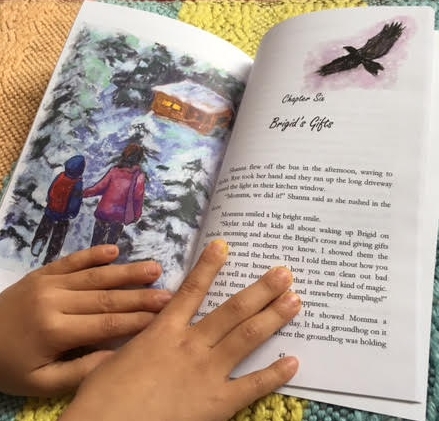An timid little girl found her strength in the song "Jesus Loves the Little Children" at Sunday School, though she didn't really believe he was the one and only god. She then grew up to be a therapist for traumatized children.
Children know things that don't make logical sense. There are so many things they don't know--like if you chew on that electrical cord it will eventually fray and zap you with electricity and if you throw your plastic toys across the room in a tantrum some of them will break and the others will be confiscated.
But then they do know some incredible things.
James Hillman, a prominent psychologist and author of The Soul's Code, wrote that children possess a form of intuition which seems almost miraculous and as we age we lose it, some faster than others but almost all inevitably.
I am always the student in class with my hand up and an annoying question bursting out. If I were at a lecture by Hillman, my question would be, "Do we have to lose it? Isn't there some way to keep on knowing?"
I have been fascinated by that question for years because I had predictive dreams as a child. I can't prove it to others, but I know that it wasn't my imagination. I knew.
When I was nine I dreamed of the moon, big and full in the velvet dark. Then the moon rippled and shattered, breaking into two--one still round and whole and the other squashed and blurred. That was all but I jerked awake and sat up in bed, bathed in cold sweat.
I immediately knew what the dream meant. I had lost one of the new contact lenses that my mother had bought with a huge portion of our family's meager subsistence income. I wasn't told exactly how much but I knew it was a lot. My vision impairment is such that I could see twice as much with contact lenses as I could with glasses, so I needed them badly.


















